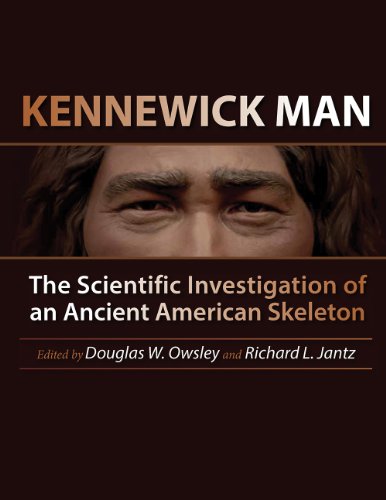

Most ebook files are in PDF format, so you can easily read them using various software such as Foxit Reader or directly on the Google Chrome browser.
Some ebook files are released by publishers in other formats such as .awz, .mobi, .epub, .fb2, etc. You may need to install specific software to read these formats on mobile/PC, such as Calibre.
Please read the tutorial at this link: https://ebookbell.com/faq
We offer FREE conversion to the popular formats you request; however, this may take some time. Therefore, right after payment, please email us, and we will try to provide the service as quickly as possible.
For some exceptional file formats or broken links (if any), please refrain from opening any disputes. Instead, email us first, and we will try to assist within a maximum of 6 hours.
EbookBell Team

4.3
38 reviewsAlmost from the day of its accidental discovery along the banks of the Columbia River in Washington State in July 1996, the ancient skeleton of Kennewick Man has garnered significant attention from scientific and Native American communities as well as public media outlets. This volume represents a collaboration among physical and forensic anthropologists, archaeologists, geologists, and geochemists, among others, and presents the results of the scientific study of this remarkable find. Scholars address a range of topics, from basic aspects of osteological analysis to advanced ?research focused on Kennewick Man’s origins and his relationships to other populations. Interdisciplinary studies, comprehensive data collection and preservation, and applications of technology are all critical to telling Kennewick Man’s story.
Kennewick Man: The Scientific Investigation of an Ancient American Skeleton is written for a discerning professional audience, yet the absorbing story of the remains, their discovery, their curation history, and the extensive amount of detail that skilled scientists have been able to glean from them will appeal to interested and informed general readers. These bones lay silent for nearly nine thousand years, but now, with the aid of dedicated researchers, they can speak about the life of one of the earliest human occupants of North America.